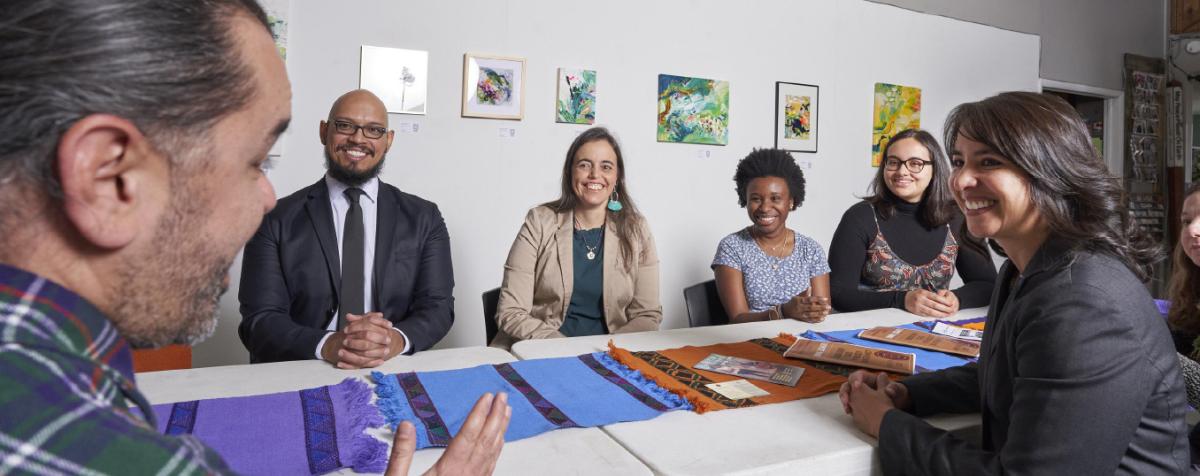Inclusive Assessment
What is Assessment?
Assessment is an iterative, methodical, and participatory process designed to strengthen teaching and learning practices (Suskie, 2009). Just as doctors deliver treatments in consultation with medical data about patients, educators deliver meaningful learning experiences in consultation with assessment data about students.
Predominantly white institutions have traditionally assessed diversity, equity, and inclusion (DEI) through student outcomes, such as enrollment numbers and graduation rates of students of color, instead of assessing faculty outcomes, such as classroom teaching informed by promising practices (Bensimon, 2007). Moreover, student evaluations represent the most prevalent means to assess classroom teaching despite research revealing the biased and unreliable nature of such tools (Uttl, White, & Gonzalez, 2017), with disproportionately negative feedback about women and people of color (Pratt, 2015; Schmidt, 2015). Even when professors receive student evaluations after the course has ended, few structured opportunities exist to adjust pedagogical practices that ensure high-quality, equitable student learning opportunities.
When we harness assessment as an educational tool, there are infinite possibilities for amplifying DEI content in curricula, strengthening inclusive teaching practices in the classroom, and cultivating cultures that support DEI for students, staff, and faculty. Together, we can explore ways to assess DEI possibilities that go beyond numbers and biases so we create robust and equity-oriented learning ecologies.
Recommended Articles

The Impact of Culturally Engaging Campus Environments on Sense of Belonging
Low rates of student persistence and degree completion are a major concern of colleges and universities across the United States. Of all incoming students enrolled at four-year institutions in 2005, less than 60% completed their bachelor’s degree within six years.
Read the Article
The Value of Assessing Higher Education Student Learning Outcomes
Improving higher education student learning plays a critical role in advancing human capital. Assessment lies at the heart of such improvement, underlining the need for research and innovation in this field.
Read the ArticleWebsites
- Center for Culturally Responsive Evaluation and Assessment
- Resources for Institutions Working On Developing Authentic Assessments
- Association for the Assessment of Learning in Higher Education (AALHE)
- National Institute for Learning Outcomes Assessment
- Equity Toolkit: Inclusive Teaching and Learning
- 2020 Assessment & Inclusion Research Grants






